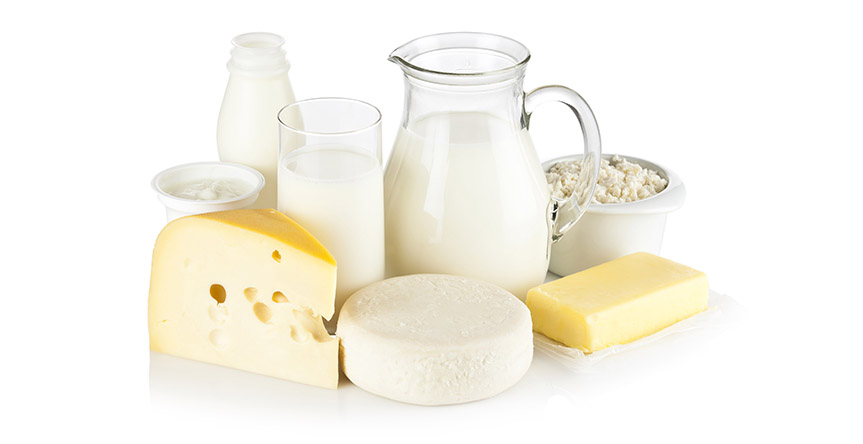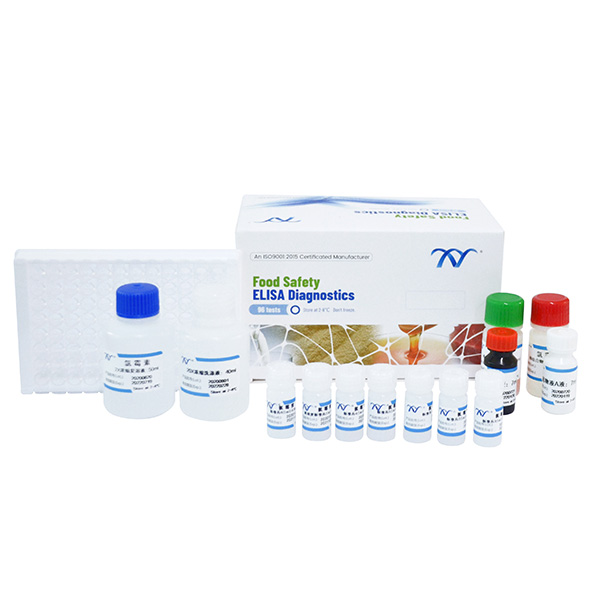The dairy industry has long relied on traditional testing methods—such as microbial culturing, chemical titration, and chromatography—to ensure product safety and quality. However, these approaches are increasingly being challenged by modern technologies, particularly Enzyme-Linked Immunosorbent Assay (ELISA) kits. Once dismissed as niche tools, ELISA kits are now proving to be faster, more accurate, and cost-effective alternatives. Let’s explore why ELISA is revolutionizing dairy testing and debunk the myth that “old-school methods are always better.”

The Limitations of Traditional Methods
Traditional dairy testing methods, while foundational, face significant drawbacks:
- Time-Consuming Processes: Microbial culturing requires days to grow pathogens (e.g., Listeria or Salmonella), delaying production cycles.
- Complex Workflows: Techniques like High-Performance Liquid Chromatography (HPLC) demand specialized equipment and trained personnel, increasing costs.
- Limited Sensitivity: Chemical assays struggle to detect trace contaminants (e.g., antibiotics or allergens), risking false negatives.
These bottlenecks hinder compliance with stringent food safety regulations (e.g., FDA or EU standards) and escalate recall risks.
ELISA Kits: Precision Meets Efficiency
ELISA technology leverages antibody-antigen interactions to detect target molecules with unmatched specificity. In dairy testing, its advantages are transformative:
1. Unrivaled Sensitivity and Specificity
ELISA kits can identify contaminants at parts-per-billion (ppb) levels—critical for detecting residues like aflatoxins or penicillin in milk. For allergens (e.g., casein or lactose), ELISA minimizes cross-reactivity errors, ensuring accurate labeling for sensitive consumers.
2. Rapid Turnaround Time
While culturing takes days, ELISA delivers results in 2–4 hours. This speed enables real-time monitoring during production, reducing downtime and waste. For instance, a dairy plant can test raw milk for antibiotic residues before processing, avoiding costly batch rejections.

3. High Throughput and Cost-Effectiveness
ELISA supports 96-well plate formats, allowing simultaneous testing of dozens of samples. Automated systems further cut labor costs, making it scalable for large-scale operations. A study by the Journal of Dairy Science found ELISA reduced per-sample costs by 40% compared to HPLC.
4. Regulatory Compliance Made Simple
ELISA kits are pre-validated for international standards (e.g., ISO 22174), simplifying audits. Manufacturer like Kwinbon offer kits certified for EU MRLs (Maximum Residue Limits) and FDA thresholds, streamlining global exports.
Debunking Common Myths
Critics argue ELISA lacks versatility or is prone to false positives. However, advancements have addressed these concerns:
Myth 1: “ELISA only detects proteins.”
Modern kits now target small molecules (e.g., hormones, toxins) through competitive ELISA formats.
Myth 2: “It’s too delicate for industrial use.”
Robust kits with stabilized reagents ensure reliability even in non-laboratory settings.
Case Study: ELISA in Action
A European dairy cooperative adopted ELISA for β-lactam antibiotic testing. Previously using microbial inhibition assays, they faced 12-hour delays and 5% false-negative rates. After switching to ELISA, detection time dropped to 3 hours, false negatives fell to 0.2%, and annual recall costs decreased by €1.2 million.
The Future of Dairy Testing
ELISA is not a replacement for all traditional methods but a strategic upgrade. As dairy demand grows and regulations tighten, its role in ensuring safe, high-quality products will expand. Emerging trends like multiplex ELISA (detecting multiple targets in one run) and portable ELISA readers promise to further democratize access.
In conclusion, ELISA kits have shattered the myth that older methods are irreplaceable. By combining speed, accuracy, and affordability, they are setting a new gold standard for dairy testing—one that keeps pace with both industry needs and consumer expectations.
Post time: May-07-2025

